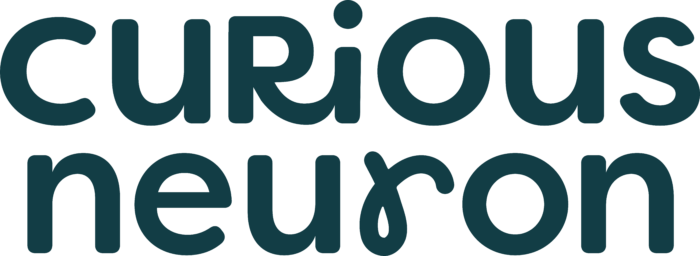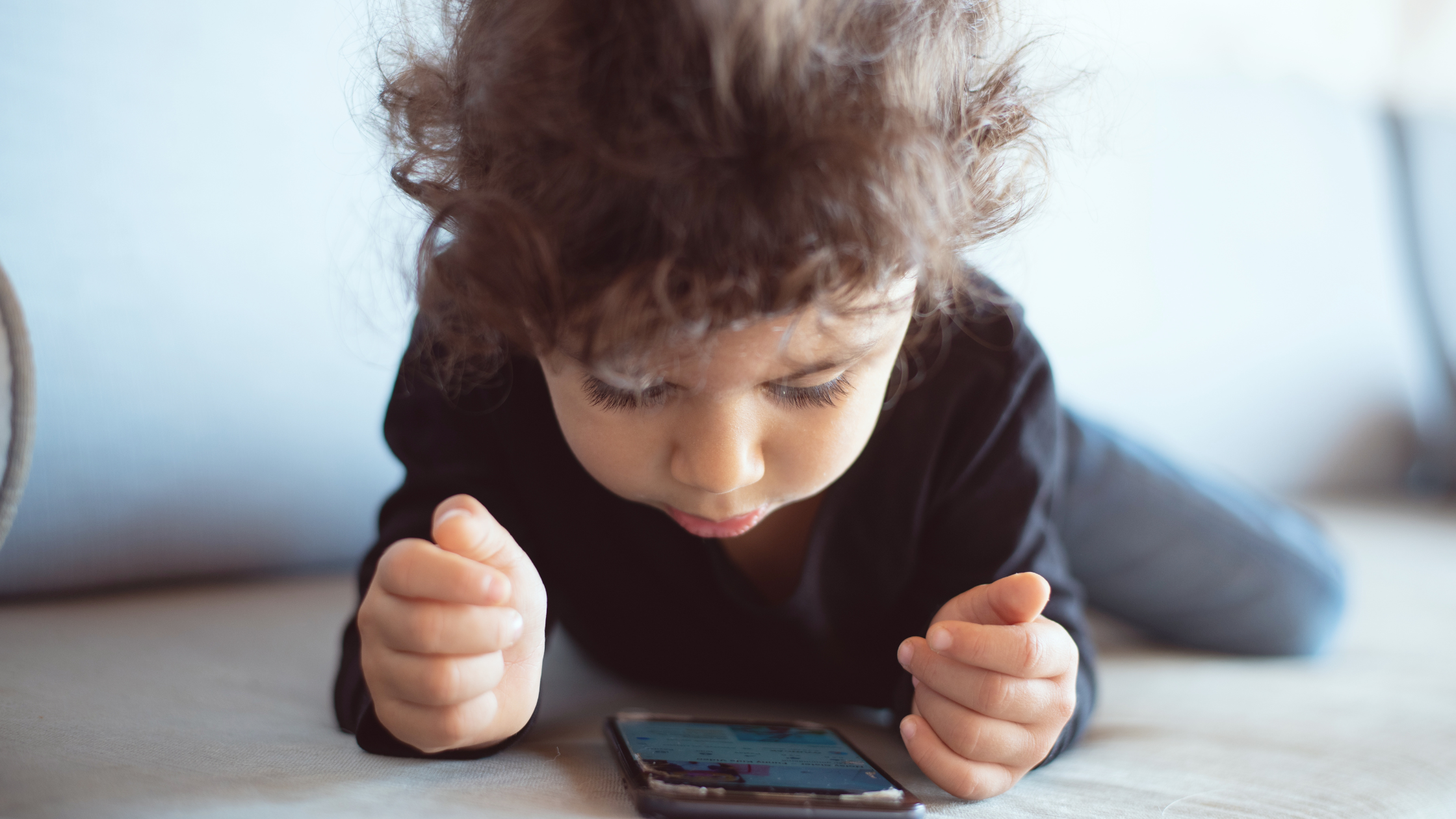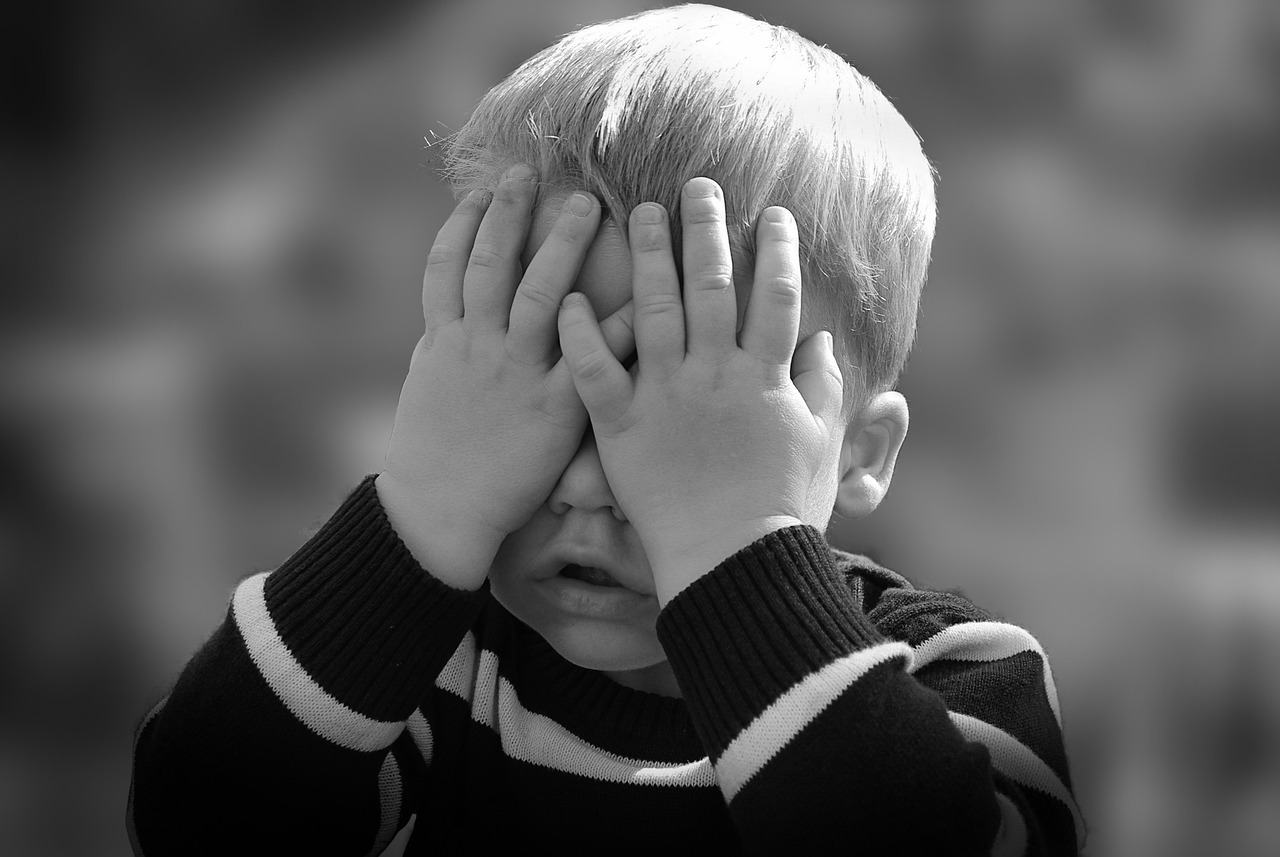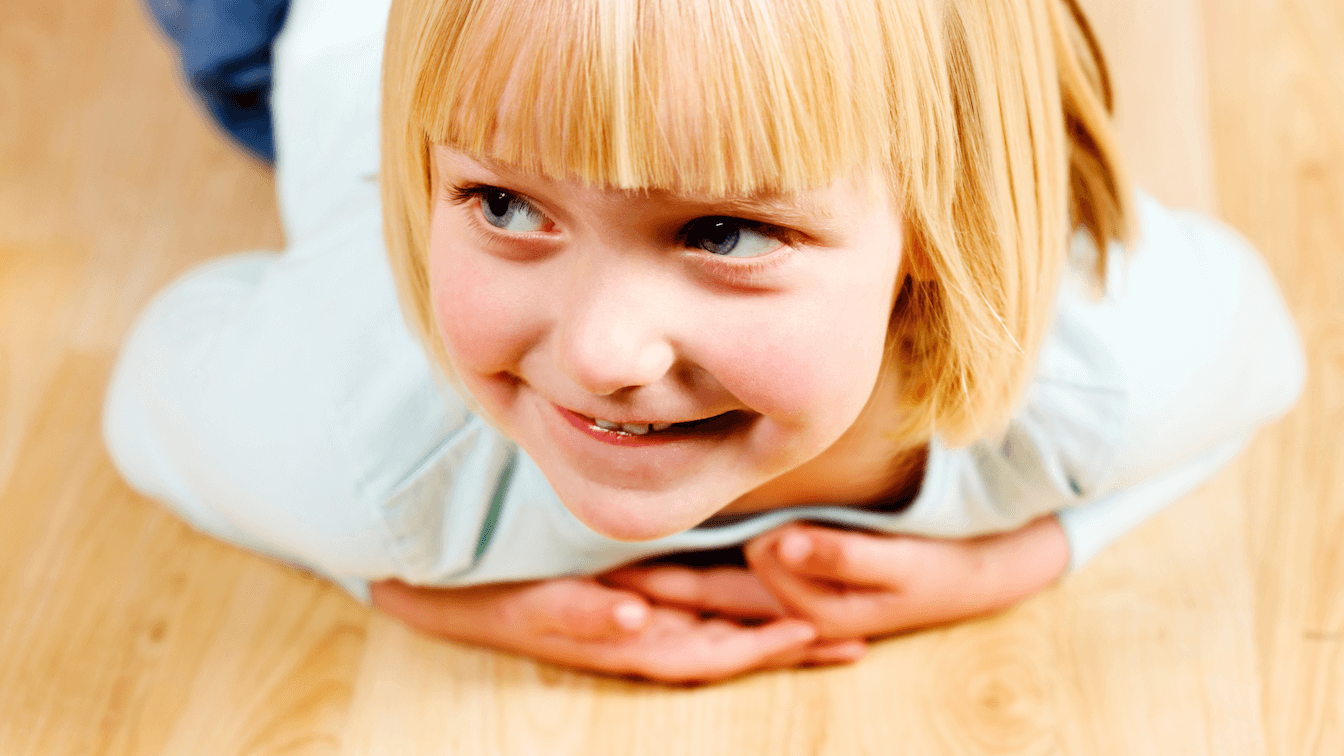Written by Sarah Wallace, Early Childhood Educator @poppyspreschool
Virginia, USA
As the wise Mr. Rogers says, “Play is often talked about as if it were a relief from serious learning, but for children, play is serious learning.” Play is often referred to as the work of childhood. So, as parents, teachers and caregivers, how can we foster and promote healthy play for children? One answer is open-ended play.
What is open-ended play?
There are many different types of play in early childhood. Open-ended play can be described as play that gives children the freedom to make choices with no limitations or rules while they play. In open-ended play, children can make their own decisions and there is no right or wrong way to do things. There are no specific outcomes and it is all about the process (as opposed to the end product). Open-ended play is about having fun and laying a healthy foundation to develop a love of learning. To promote open-ended play, you can give children open-ended learning tools to play with.
My four-year-old son recently showed us a great example of what open-ended play can look like. I hear, ‘Hey, Mama, come look! We are pretending the big box you gave us is a drive-in movie theatre! Here’s where the movie screen is and here’s where we sit. Can we have pillows to make it cozy?’ He turned a cardboard box into a drive-in movie theater using his imagination!
Why is open-ended play important?
Open-ended play is very important in early childhood development. It promotes imagination and creativity in children rather than restricting them with guidelines or rules. It also helps children learn problem-solving skills by acting out pretend scenarios. It enhances their vocabulary skills and helps with social-emotional development. Open-ended play helps children engage (and stay engaged) in play and helps them to love learning. In my son’s example, he was using the cardboard box to imagine a real life scenario that will help him navigate real life scenarios in a healthy way later in life. He was also using planning and problem-solving skills, both of which are important to develop in early childhood.
How can I implement open-ended play?
Here are ten examples of open-ended learning tools you can easily implement at home or classroom:
-
play dough
-
variety of dress-up clothes (even Dad’s old clothes can be fun)
-
blocks, such as Brain Blox
-
art materials such as markers, crayons, paint and a blank sheet of paper
-
peg dolls or loose parts (Check out Montessori learning tools)
-
sticks/rocks
-
cardboard box
-
animal figures
-
magnet tiles
-
sand, mud (mud kitchens are so fun!) or dirt
You can help your child get started by prompting with questions like, “What can you make?” Or, “I wonder what would happen if we did this…” Or, “What can we imagine with these?” You can even pair two open-ended tools together to keep children engaged. For example, add animal figures to your blocks, or sticks and rocks to your sand or dirt. There are many other examples of open ended play tools…these are just a few!
Screen time (games, videos, etc.), coloring books and activities with lots of directions are not examples of open-ended learning tools.
Observe children make a ‘campfire’ out of sticks and leaves; become a ‘fireman’ wearing an old apron or create a ‘rocket’ made of blocks. Keep play simple and let children’s imaginations take over and soar!












